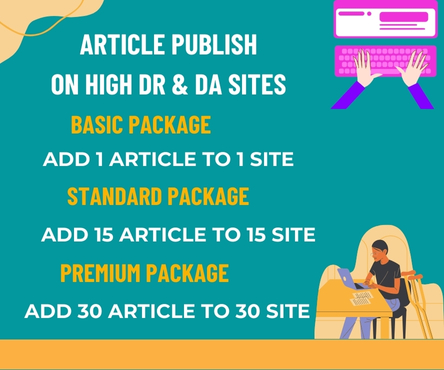In today’s fast-paced business landscape, operational efficiency is the linchpin that holds organizations together, enabling them to deliver high-quality products and services while minimizing waste and maximizing customer satisfaction. One powerful tool that has been instrumental in achieving this balance is the ISO 9001 standard, a globally recognized framework for quality management systems (QMS). By adopting ISO 9001 certification, organizations can significantly enhance their operational efficiency, leading to improved productivity, reduced costs, and increased customer loyalty.
Understanding ISO 9001
ISO 9001 is a widely adopted international standard that outlines the requirements for a QMS, focusing on customer satisfaction, continuous improvement, and employee involvement. The standard is built around seven principles: customer focus, leadership, engagement of people, process approach, improvement, evidence-based decision making, and relationship management. By embracing these principles, organizations can establish a robust QMS that drives operational excellence.
Key Benefits of ISO 9001 in Enhancing Operational Efficiency
Implementing ISO 9001 can have a transformative impact on an organization’s operational efficiency. Some of the key benefits include:
- Process Optimization: ISO 9001 encourages organizations to adopt a process approach, identifying and mapping out key processes to eliminate waste, reduce variability, and improve efficiency.
- Improved Communication: The standard promotes effective communication across all levels of the organization, ensuring that everyone is aligned and working towards common goals.
- Risk-Based Thinking: ISO 9001 emphasizes the importance of identifying and mitigating risks, enabling organizations to minimize errors, reduce waste, and optimize resources.
- Continuous Improvement: The standard fosters a culture of continuous improvement, encouraging organizations to regularly assess and refine their processes to achieve greater efficiency and effectiveness.
- Enhanced Customer Satisfaction: By focusing on customer needs and expectations, organizations can deliver high-quality products and services that meet or exceed customer requirements, leading to increased loyalty and retention.
- Employee Empowerment: ISO 9001 encourages employee involvement and empowerment, enabling staff to take ownership of processes and contribute to ongoing improvement efforts.
Real-World Applications of ISO 9001
Numerous organizations across various industries have successfully implemented ISO 9001 to enhance their operational efficiency. For instance:
- A leading manufacturing company implemented ISO 9001 to streamline its production processes, resulting in a 25% reduction in lead times and a 15% increase in productivity.
- A service provider adopted ISO 9001 to improve its customer complaint handling process, achieving a 90% resolution rate within the first call, and increasing customer satisfaction ratings by 20%.
- A healthcare organization implemented ISO 9001 to optimize its patient care processes, reducing waiting times by 30% and improving patient outcomes.
Implementation and Certification
Implementing ISO 9001 requires a systematic approach, involving gap analysis, process mapping, training, and documentation. Organizations can choose to pursue certification, which involves a third-party audit to ensure compliance with the standard. While certification is not mandatory, it demonstrates an organization’s commitment to quality and operational excellence.
Conclusion
In conclusion, ISO 9001 plays a vital role in enhancing operational efficiency by providing a framework for quality management that drives process optimization, improves communication, and fosters a culture of continuous improvement. By adopting ISO 9001, organizations can reap numerous benefits, including improved productivity, reduced costs, and increased customer satisfaction. As the business landscape continues to evolve, ISO 9001 remains an invaluable tool for organizations seeking to streamline their operations, improve efficiency, and achieve long-term success.

